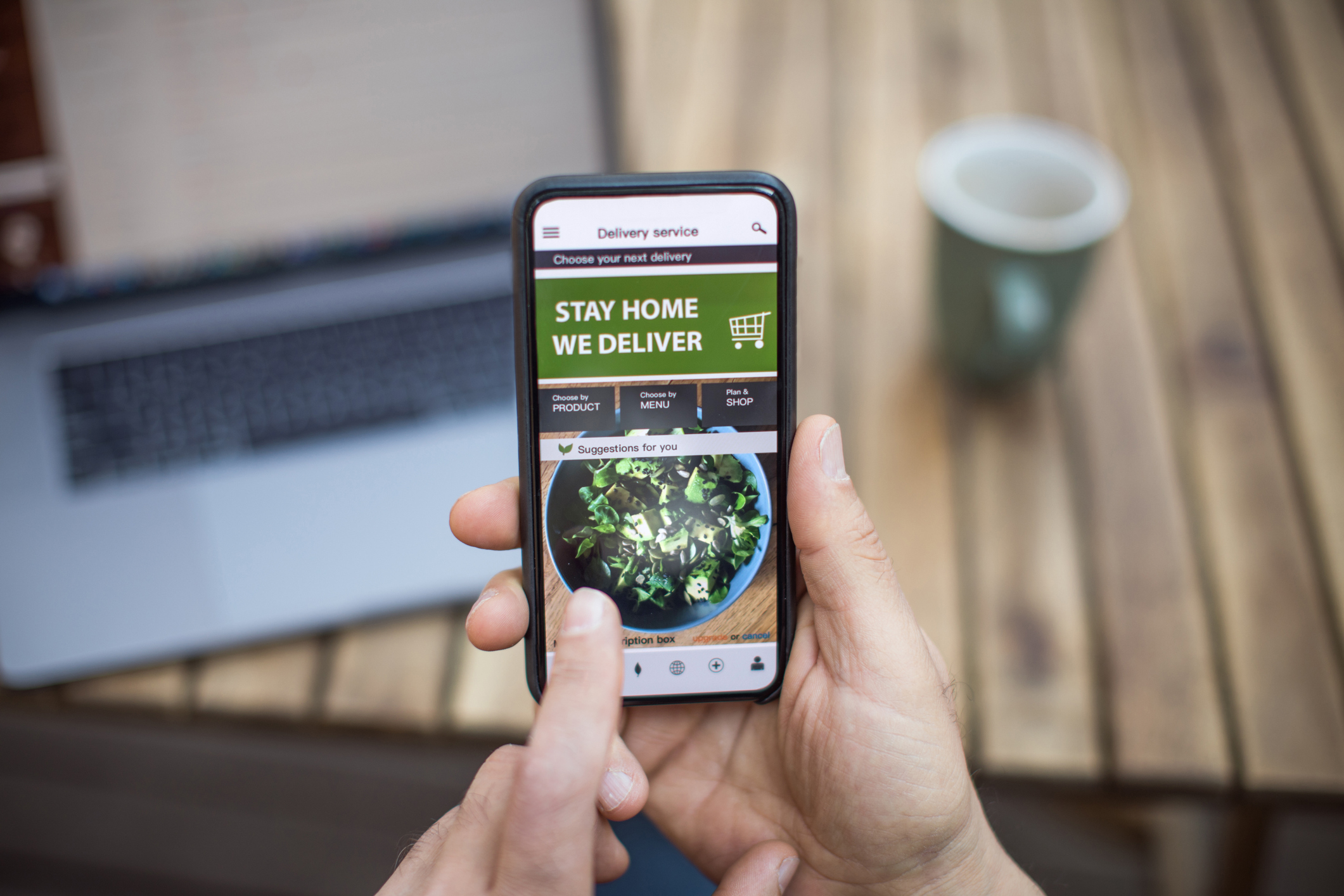With panic buying over and availability much improved, the grocery sector is starting to settle into a ‘new normal’ with social distancing smoothing shopping patterns through the day and week, and promoting top-up rather than big trolley shops.Thank you to those suppliers that were able to join us on Wednesday, including senior representatives from Mars, Pladis, KP, Lucozade Ribena Suntory, Mondelez and John West, to name but a few. Our meeting this week maintained its focus on the in-store availability, physical supply and demand management challenges, help share experiences, knowledge and best practice across all suppliers. SKU rationalisation has clearly improved availability on key lines, but maintaining it is still a challenge when production can be impacted by key worker absence.
One supplier confirmed that they have discontinued over 80 branded lines to ease planning and manufacturing constraints, pulling forward a SKU rationalisation plan for their tail of products.
Most suppliers are seeing a reduction in demand levels and a reduced volatility in the variance to forecast, although consumers are still brand switching. Chilled suppliers in particular, are reporting there is little forward view as retailer forecasts are being amended on a daily basis. Some frozen and fresh categories are seeing sales drop well below forecast as the initial stocks are sold through with progressively shorter shelf life. Another smaller sales uplift is anticipated to replenish this stock and meet a further consumer buy-in now the extension officially announced.
Initially, Retailers stopped multi-buys and promotions to discourage consumers bulk buying. With consumers now adopting a ‘buy what you need’ approach, increasingly top-up shopping via smaller stores and convenience stores, to avoid the queues and sales have increased significantly. As a result, depot access issues in the Wholesale and Convenience sector have increased significantly; especially those who do not manage timed bookings. Some major retailers are also now re-starting promotions to match price-points in smaller store competitors to help drive footfall and purchase – whilst availability remains precarious however, this may compound existing supply issues.
Supply of most products has improved greatly and order lead-times, initially extended to cope with the surge, are beginning to return to normal. Maintaining vehicle fill remains a challenge and service levels are impacted, but retailers have been pragmatically working with suppliers to relax ordering constraints and shelf-life standards, to maximise availability
Staffing levels are improving too, as staff return to work after periods of self-isolation, with absenteeism levels typically below 10%. As with the retailers, many suppliers have invested significantly in promoting safe working in factories, with significant investment to hand-packing lines to enable social distancing and minimise contamination. Travel arrangements into factories is also being revised to ease the concerns of employees and improve safety. Many changes go beyond government regulation, developing a sustainably positive impact on employee wellbeing.
The UK supply chain continues to follow the pattern of other countries; a spike before lockdown, a dip after lockdown due to excessive purchasing, with high levels of waste. This has been followed by a further extension, creating a more modest stimulus to sales, and as buying patterns stabilise, a clearer demands signal will emerge, aiding forecasting and better supply levels
Our next meeting will focus on the key challenges relating to staff safety and wellbeing, physical logistics changes to improve supplier effectiveness, as well as the changes relating to the ongoing supply challenges




